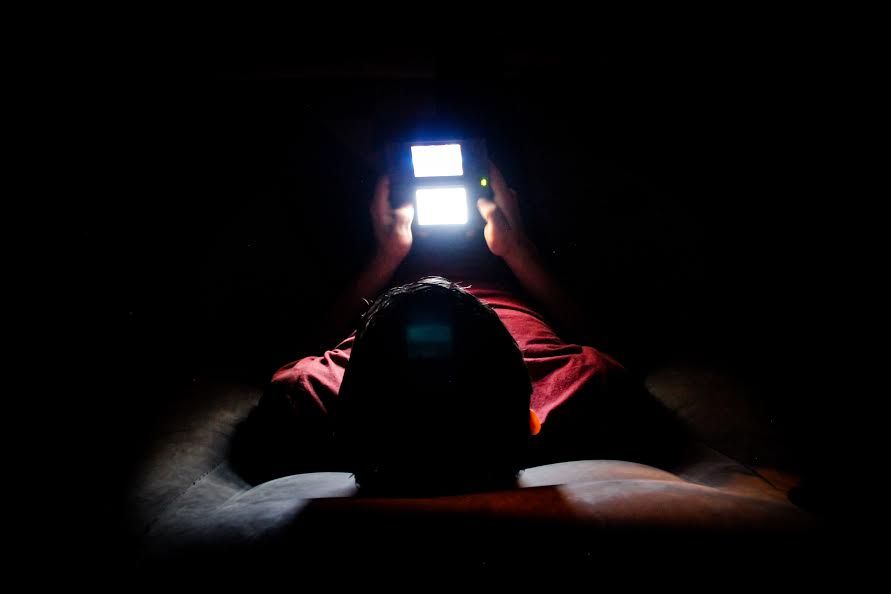Felker: Video game addiction an under-recognized problem
April 4, 2017
For a child to spend all of Iowa’s beautiful summer evenings indoors is a terrible thing — a terrible waste, and a terrible thing to lose.
My fondest early childhood memories are all outdoors. Scampering about our suburban neighborhood with a pack of boys, playing hockey in the street and drinking from garden hoses (against our parents’ wishes). Burning our bare feet on the red-hot concrete sidewalks, and swatting gnats in the still summer heat.
Sometime around middle school, however, I began to spend at least part of my free time elsewhere — inside, that is. Video games became a part of my life, as they have become a part of so many other young lives. While for many this is a benign introduction, there is included a hidden danger. I speak of video game addiction.
This is an issue that has received limited and sporadic media coverage. Its saliency as an actual pathological disorder is even still debated — many deny its legitimacy. One of these people was Iowa State University professor in psychology, Douglas Gentile, who began studying video game addiction in 1999 “because [he] didn’t believe in it.”
10 years later, Gentile published the results of a national study in which he found nearly 1 in 10 youth gamers (ages 8 to 18) to be addicted. These addicted gamers enjoyed at least 24 hours of screen time per week, “were more likely to have video game systems in their bedrooms, reported having more trouble paying attention in school, received poorer grades in school, had more health problems, were more likely to feel ‘addicted’ and even stole to support their habit.”
As entertainment technology continues to evolve, video game addiction will only become more and more of a problem. I can only wonder at what will be marketed toward our children just 10 or 15 years from now. It’s important that parents monitor their children’s use of video games for signs of dependency or abuse, and that individuals monitor their own habits for these same signs.
Though there are a myriad genres of video games, the most addicting are often the popular and competitive “shooters,” “multiplayer online battle arena” and “massively multiplayer online” games. These games feature adrenaline-pumping, dopamine-producing “player vs. player” action, and incorporate ranking-based leaderboards and reward ladders as mechanisms to keep players coming back in perpetuity.
Video games themselves are often not the problem but merely act as escapes or manifestations for other psychological issues, as is the case with so many other addictions; gambling addiction is often associated with video game addiction in this sense. To add, video games are a proven educational tool and under some circumstances can improve dexterity, hand-eye coordination, teamwork and even communication skills.
Nearly any hobby can turn vice in an abusive setting, however, and video gaming is no exception. The issue is in our culture’s apathetic unwillingness to recognize video game addiction as a legitimate matter worth a professional’s time and consideration. Stories of professional therapists laughing in the face of admitted addicts are absolutely disgusting; a problem misunderstood is a shame, but a problem consciously misunderstood is a true crime and an embarrassment.
Our digital age totes in its luggage an unimaginable, limitless wealth of possibility and opportunity. Unfortunately, I see a future too dangerous for those susceptible to video game’s manipulation of our “pleasure centers.”
And so, as summer approaches, there is no shortage of activities both indoors and outdoors that I might suggest to families with school-age children as alternatives to video games. While a few hours a week spent video gaming is no reason for a change in habit, I urge readers, and parents especially, to be wary of its temptation.







